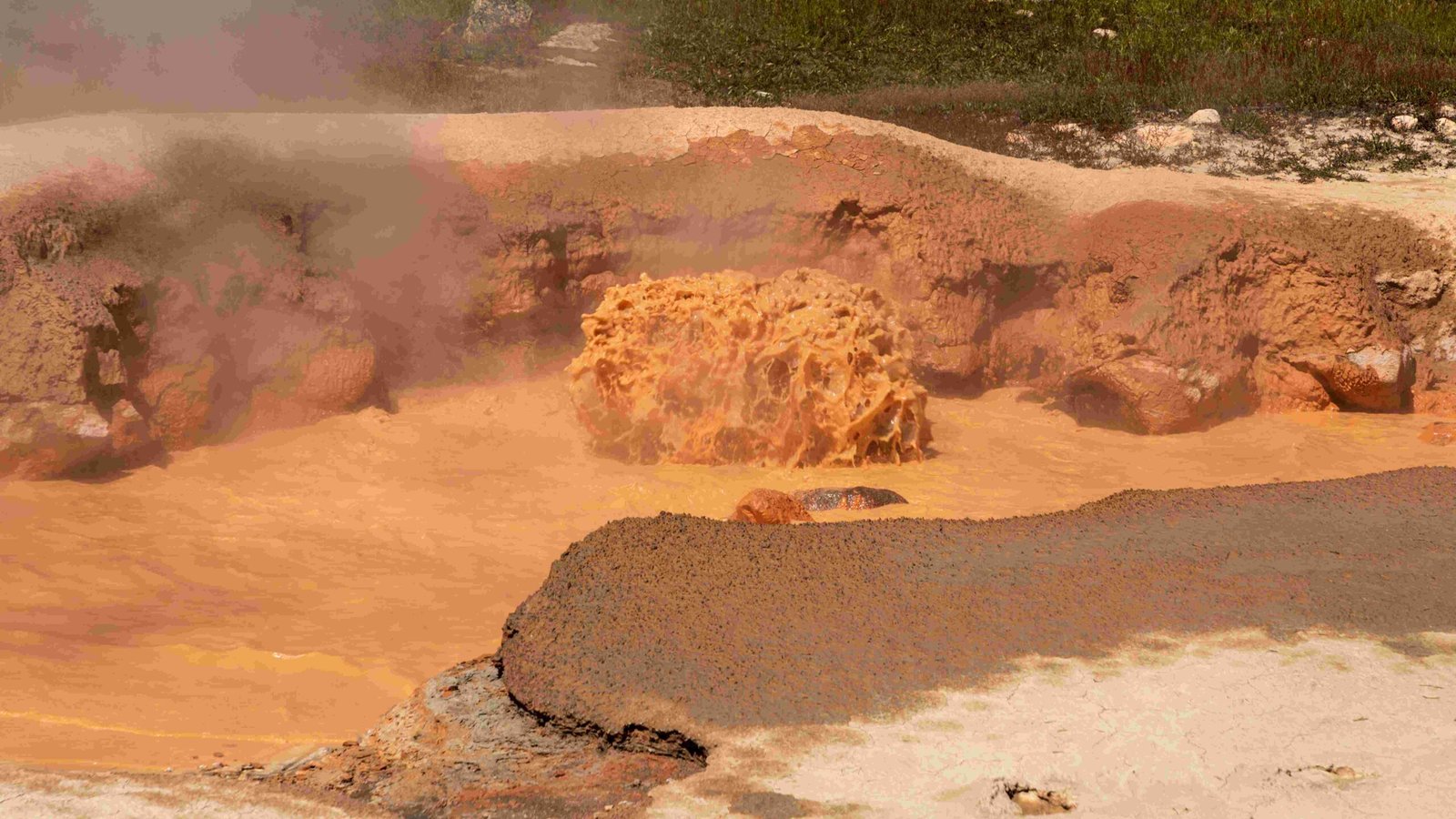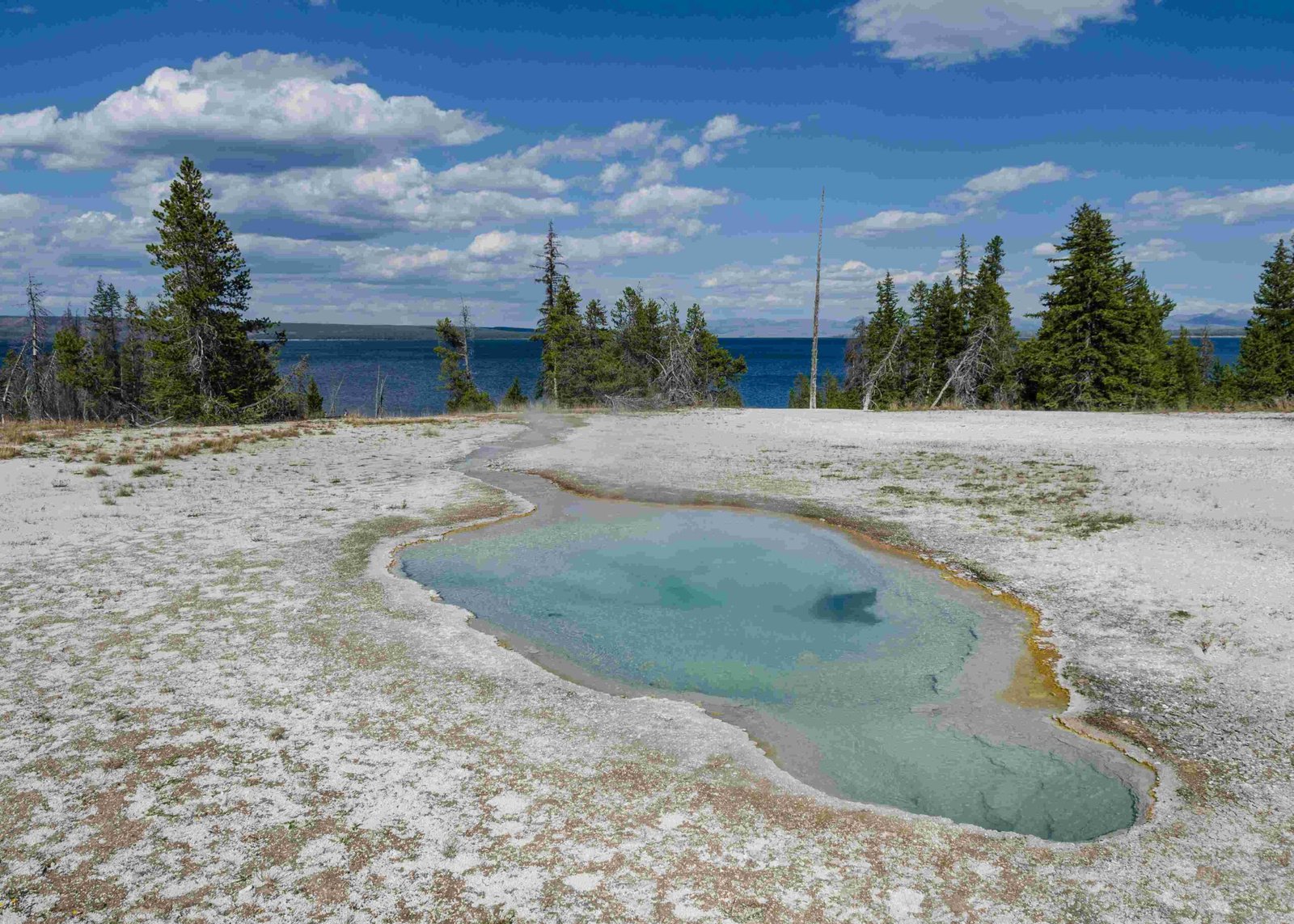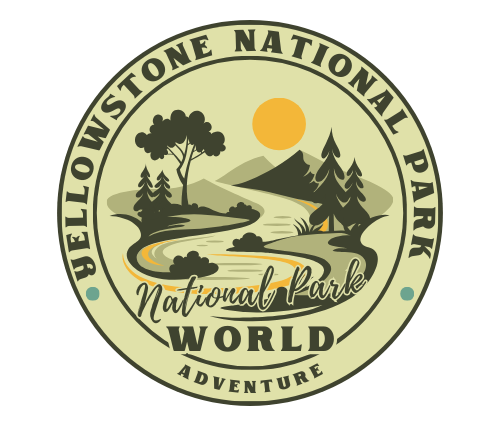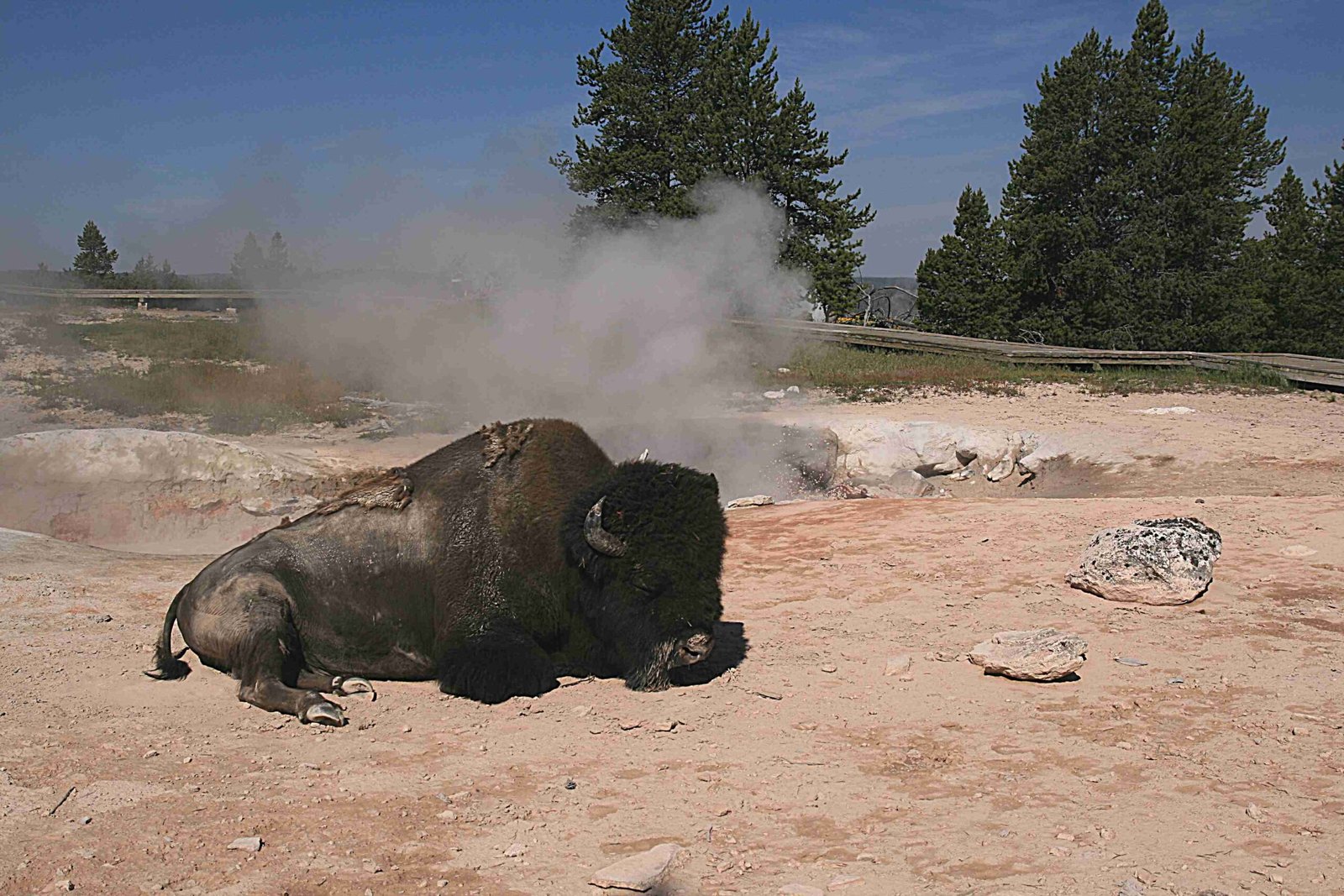Yellowstone National Park, America’s first national park, is a vast wilderness of extraordinary beauty and geological wonders. This descriptive essay explores the park’s iconic geothermal features, diverse wildlife, and breathtaking landscapes. From the predictable eruptions of Old Faithful to the vibrant colors of Grand Prismatic Spring, Yellowstone offers visitors an unparalleled experience in nature’s wonderland.
What Makes Yellowstone National Park Unique?

Yellowstone National Park stands out as a geological marvel, boasting the world’s largest concentration of geothermal features. The park’s 2.2 million acres encompass diverse ecosystems, from lush forests to expansive grasslands, providing habitats for an array of wildlife. Its establishment in 1872 marked the beginning of the national park concept, setting a precedent for conservation worldwide.
What Are the Most Iconic Geothermal Features in Yellowstone?
- Old Faithful Geyser
- Location: Upper Geyser Basin
- Eruption Frequency: Every 90 minutes
- Height: 106 to 185 feet
-
Volume: 3,700 to 8,400 gallons per eruption
-
Grand Prismatic Spring
- Size: 370 feet in diameter, 121 feet deep
- Colors: Vibrant blues, greens, oranges, and yellows
-
Unique Feature: Largest hot spring in the United States
-
Mammoth Hot Springs
- Formation: Travertine terraces
- Colors: White, tan, and orange
- Unique Feature: Constantly changing limestone formations
How Does Yellowstone’s Wildlife Enhance the Visitor Experience?
Yellowstone’s diverse ecosystems support an incredible array of wildlife, offering visitors unparalleled opportunities for observation and photography.
| Species | Population Estimate | Best Viewing Locations |
|---|---|---|
| Bison | 5,000+ | Hayden Valley, Lamar Valley |
| Elk | 10,000-20,000 | Mammoth Hot Springs, Madison |
| Wolves | 80-100 | Lamar Valley, Hayden Valley |
| Grizzly Bears | 700-1,000 | Hayden Valley, Lamar Valley |
Seasonal wildlife behaviors add to the park’s dynamic nature:
- Spring: Wildlife migration and birth of young animals
- Summer: Active wildlife viewing, especially during cooler morning and evening hours
- Fall: Elk rutting season, increased bear activity as they prepare for hibernation
- Winter: Opportunities to see hardy species like bison and wolves against snowy landscapes
What Unique Geological Formations Can Visitors Explore?
- Yellowstone Caldera
- Size: 30 by 45 miles
- Formation: Result of a massive volcanic eruption 640,000 years ago
-
Features: Encompasses much of the park’s central region
-
Grand Canyon of the Yellowstone
- Depth: Up to 1,200 feet
- Length: 20 miles
-
Highlights: Lower Falls (308 feet high) and Upper Falls (109 feet high)
-
Yellowstone Lake
- Size: 132 square miles
- Depth: Maximum of 430 feet
- Unique Feature: Largest high-elevation lake in North America
How Do Yellowstone’s Seasons Affect the Visitor Experience?
Yellowstone’s dramatic seasonal changes offer visitors distinct experiences throughout the year:
- Spring (April-May)
- Melting snow and emerging wildlife
-
Limited road access as winter closures gradually lift
-
Summer (June-August)
- Peak visitation period
- All park facilities and roads open
-
Ideal for hiking, camping, and wildlife viewing
-
Fall (September-October)
- Vibrant fall colors
- Elk rutting season
-
Fewer crowds and cooler temperatures
-
Winter (November-March)
- Snow-covered landscapes
- Limited road access (many roads closed to regular vehicles)
- Opportunities for snowmobiling, cross-country skiing, and snowshoeing
What Visitor Facilities and Activities Are Available in Yellowstone?
Yellowstone National Park offers a wide range of facilities and activities to enhance the visitor experience:
- Lodging Options
- 9 lodges within the park
- 12 campgrounds
-
Backcountry camping (permit required)
-
Visitor Centers
- Old Faithful Visitor Education Center
- Canyon Visitor Education Center
- Norris Geyser Basin Museum
-
Fishing Bridge Visitor Center
-
Activities
- Hiking (900+ miles of trails)
- Fishing (permit required)
- Boating on Yellowstone Lake
- Ranger-led programs and tours
-
Junior Ranger program for children
-
Dining and Shopping
- Restaurants and cafeterias in major areas
- General stores for supplies and souvenirs
How Can Visitors Responsibly Enjoy Yellowstone’s Natural Wonders?
To preserve Yellowstone’s delicate ecosystems and ensure visitor safety, follow these guidelines:
- Stay on designated boardwalks and trails, especially in geothermal areas.
- Maintain a safe distance from wildlife (100 yards from bears and wolves, 25 yards from other animals).
- Do not feed or approach wildlife.
- Practice Leave No Trace principles to minimize environmental impact.
- Be prepared for changing weather conditions and carry appropriate gear.
- Follow park regulations regarding food storage to avoid attracting wildlife to campsites.
Yellowstone National Park offers a unique blend of geological wonders, diverse wildlife, and stunning landscapes. From the predictable eruptions of Old Faithful to the colorful bacterial mats of Grand Prismatic Spring, the park provides endless opportunities for exploration and wonder. Whether observing a herd of bison in Hayden Valley or marveling at the power of the Lower Falls in the Grand Canyon of the Yellowstone, visitors are sure to create lasting memories in this natural wonderland.
References:

- Top Attractions in Yellowstone – Jackson Hole Traveler
- 5 Must-See Attractions in Yellowstone National Park – Mountain Modern Motel
- Yellowstone National Park Tourism Attractions – AllTrips
- 10 Things to See in Yellowstone National Park – Jackson Hole WY
- Things To Do – Yellowstone National Park (U.S. National Park Service)

